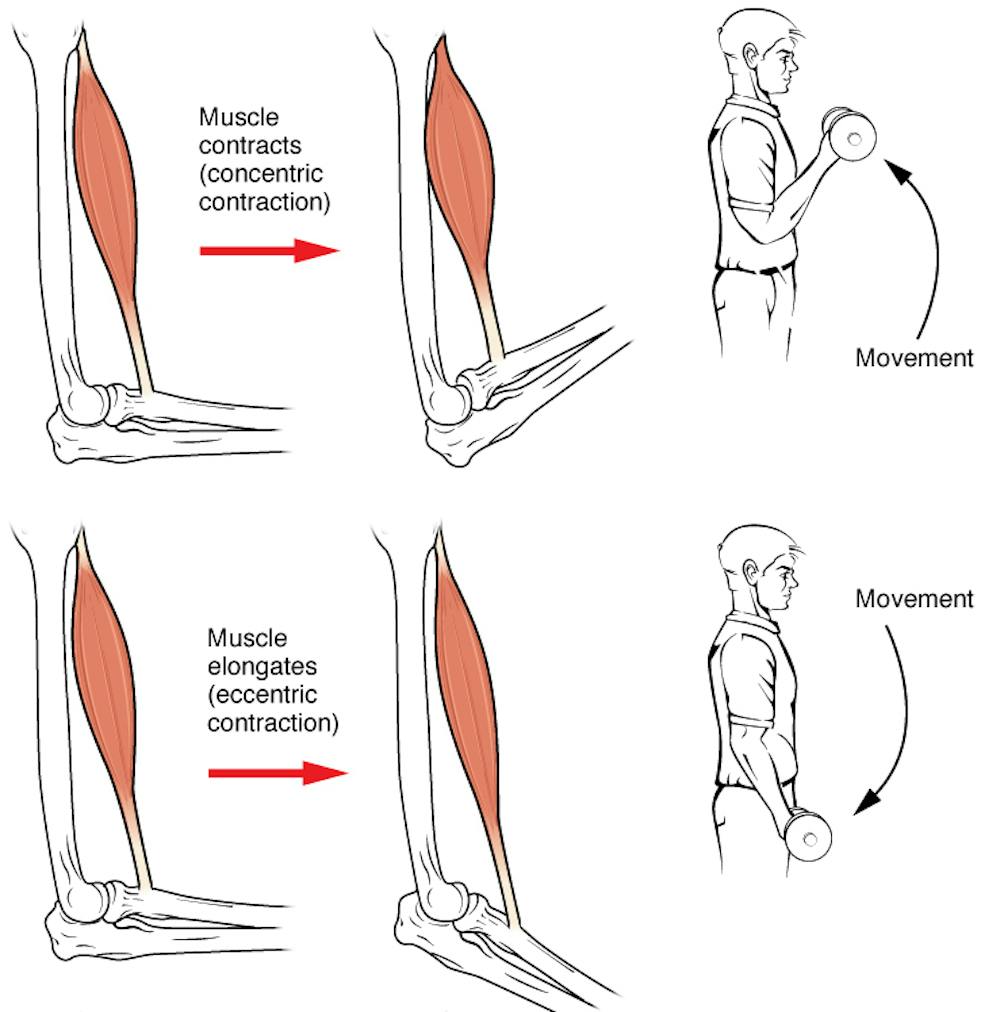One of the most common goals for gym-goers is to build muscle for strength, athletic performance, or aesthetic purposes
Building and maintaining muscle is essential for everyone, as it relates to good health and the ability to sustain physical functions throughout life.
Consequently, healthy adults should find ways of building or retaining muscle mass for general health improvement.

How long does it take to build muscle?
The simple answer is that there are no shortcuts to actually gain muscles. Time, effort, and dedication are some of the key factors that will finally make you reach your goal.
In this article, we will delve into what muscle is, what happens within your body as it builds muscles, and we will also provide a practical timeline for achieving muscle growth.
The Importance of Muscle.
There are three general kinds of muscles throughout a body: cardiac, skeletal, and smooth muscle. While cardiac and smooth muscles perform the involuntary actions associated with breathing, digestion, and blood circulation, this chapter focuses on skeletal muscles.
Skeletal muscle is under voluntary control and is responsible for causing movements in the body. ‘Muscling up’ does not necessarily refer to increasing size; it can also relate to building strength or preparing the body for upcoming exercises without a significant increase in muscle size.
When muscles grow in size, it is called hypertrophy. Hypertrophy can be divided into acute and chronic.
Acute hypertrophy, commonly referred to as ‘the pump,’ is a temporary increase in muscle fluid that occurs after a workout. This effect can last for hours or even days, but it does not represent a true increase in muscle size.
However, chronic hypertrophy is the actual growth of diameter of muscle fibers that show changes in structure within the muscle itself. The human body contains an estimated of 640 muscles.

How Muscle is Built ?
Your body relies on three main components to signal when to build new, larger muscles during resistance or weight training. The three components are: Mechanical tension, Muscle damage, Metabolic stress.
Muscle protein breakdown refers to the muscle damage that occurs during exercise. When you engage in intense and prolonged workouts, micro-tears can occur in the muscle fibers.
Such processes are typical and needed , in fact, these micro-tears offer the required stimulus to drive growth in muscles.
Recovery is another very important factor in repairing muscles, much like proper nutrition. Recovery is not an event that happens straight after a workout; rather, it is a prolonged process lasting 24 hours or more according to many factors, such as individual differences, type of activity, duration, and intensity.

Muscle Development Timeline.
Muscle growth will be affected by age, sex, genetics, nutrition, and intensity of exercise. It is generally expected that significant gains in the development of lean muscle mass should be observed within a few weeks to months.
The exact time frame, however, is highly dependent on one’s starting point and dedication to the training regime. You can see your body changing very fast and the changes in the clothes fitting in the first few weeks, but once your body gets used to the exercises, you will definitely find that you are gaining muscle mass at a slow pace.
In order to avoid this plateau, it’s important to incorporate a progressive resistance training program so that you will keep challenging your muscles.

Nutrition for Muscle Building.
-Protein: The amount of protein intake must be sufficient to provide the necessary building blocks for the final stages of muscle growth. For this, consume 1.5-2.4 grams of protein per kilogram of body weight per day, spread over several meals and snacks.
-Carbohydrates: These are essential to fuel your muscles during training. Carbohydrates also protect protein stores; if the stores of glycogen are low, then the body can start breaking down muscle and fat for energy supplies.
Sufficient intake of carbohydrates will stop excessive breakdown of the muscle.
-Dietary Fat: Provide the essential components for hormone production.
– Calories: Muscle growth depends on consuming the right amount of calories. Without sufficient energy from food, the body cannot effectively build or repair muscle tissue. A balanced calorie intake, combined with proper training and rest, is essential for optimal muscle development.
In general, a caloric recommendation for hypertrophy is usually a 10% to 20% surplus over maintenance.

Supplementing Your Diet.
It is wise to try to get most of your protein intake from real food sources. Those training for strength or seeking to gain bulk will need protein to support recovery and growth.
Aiming for 20 to 40 grams of protein per meal or snack is a good goal. If you are concerned about meeting your protein needs through food sources alone, supplementation can be an easy and convenient way to help fill any nutritional gaps in your diet.
Check out the recommendations below to maximize your muscle gains:


